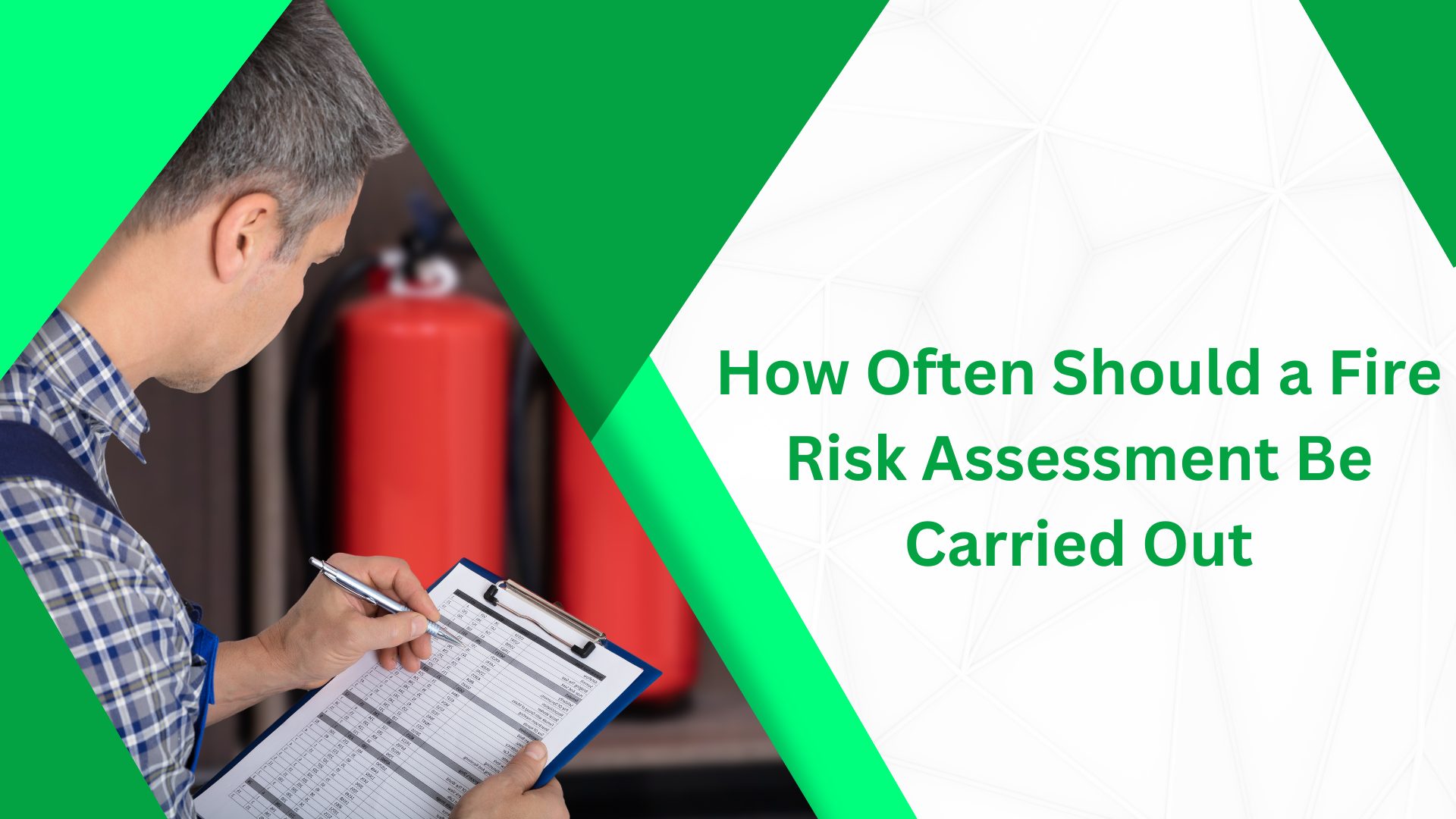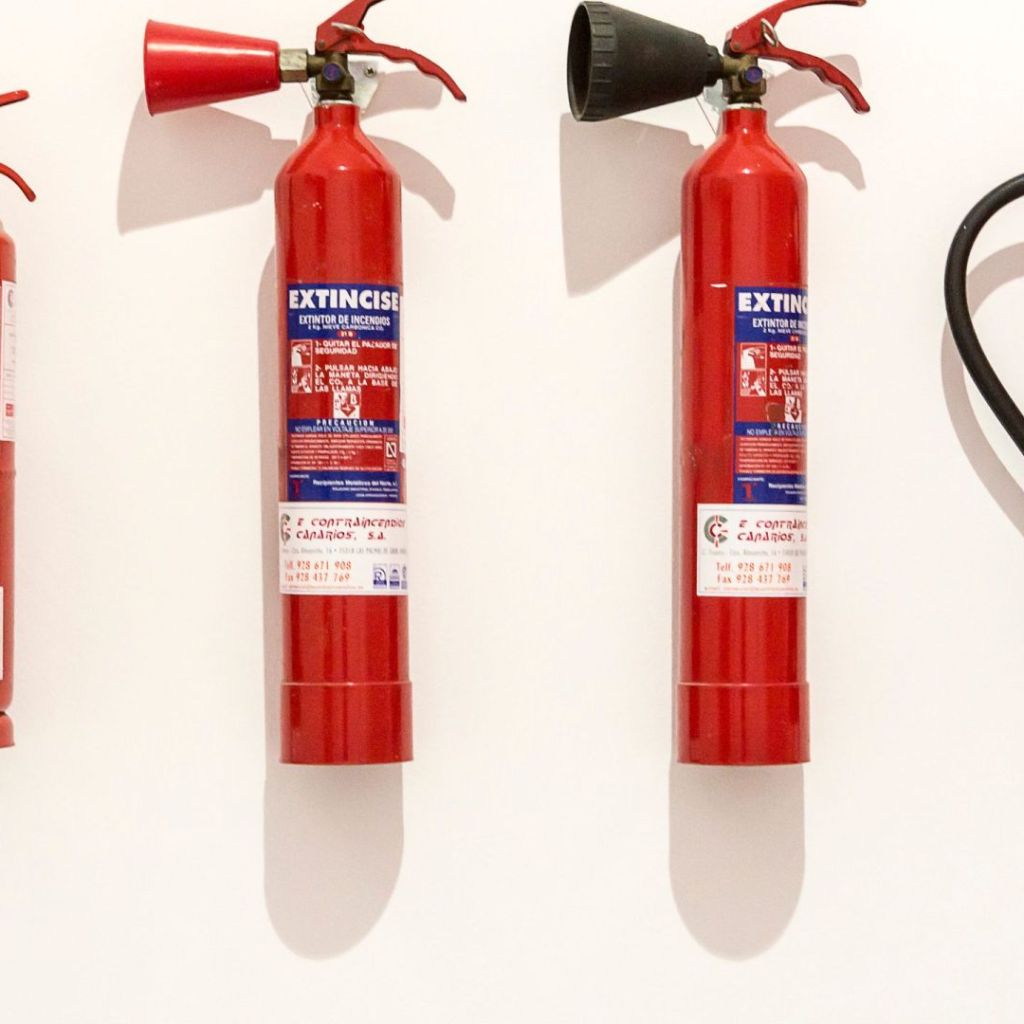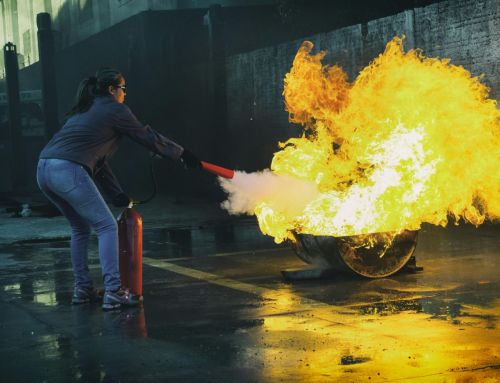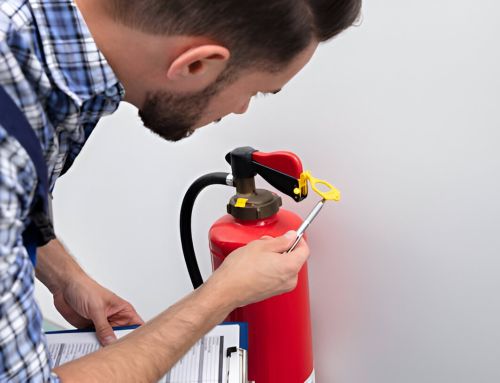
I understand the common concern that frequent Fire Risk Assessments may be burdensome, but when considering the safety of occupants and compliance with regulations, the necessity of these evaluations becomes evident.

Addressing the optimal frequency for conducting these assessments is crucial in maintaining a safe environment. By examining key factors such as building modifications and occupancy changes, we can determine the most effective approach to ensuring fire safety.
Stay tuned to discover the insights that can guide your decisions in safeguarding against potential fire risks and maintaining a secure environment.
Understanding Fire Risk Assessment Frequency
Analyzing the frequency of fire risk assessments is crucial for maintaining safety standards and compliance in buildings. Regulatory compliance mandates that fire risk assessments be conducted when significant changes occur, such as building modifications or occupancy changes. While there’s no fixed review period stipulated by law, it’s considered best practice to perform an annual review.
Clients should initiate a review if there are no major alterations to the building. For larger premises, considering a third-party review can provide an impartial evaluation. These assessments are essential for ensuring that safety measures align with current conditions and that any potential risks are identified and mitigated promptly.
Therefore, staying proactive in conducting fire risk assessments not only fulfills legal obligations but also contributes significantly to the overall safety and well-being of building occupants.
The Importance of Fire Door Inspection

Regular inspection and maintenance of fire doors is crucial to ensure the safety and compliance of a building. When conducting fire door inspections, it’s essential to focus on various key aspects.
Firstly, checking the door mechanism is vital to ensure that doors open and close properly in case of an emergency.
Secondly, verifying seal integrity is crucial as intact seals help prevent the spread of smoke and fire.
Thirdly, confirming signage compliance is necessary to ensure that occupants can easily identify fire doors.
Additionally, maintaining proper maintenance practices, such as regular checks and repairs, is important to uphold the functionality of fire doors.
Lastly, ensuring professional installation of fire doors is essential for their effectiveness during a fire incident. By prioritizing these aspects in fire door inspections, buildings can enhance their overall fire safety measures and maintain compliance with regulations.
Preventing Fire Alarm False Alarms
To prevent false alarms from occurring, meticulous maintenance and proper installation of fire alarm systems are essential. False alarm troubleshooting is crucial to identify and address issues promptly.
Regular alarm system maintenance, including checking for dust and debris near detectors, helps minimize false alarms. Proper installation by qualified professionals ensures the system functions correctly.
Educating staff on alarm system operation and conducting regular training sessions can reduce false alarms caused by user error. Addressing alarm system malfunctions promptly is vital to prevent unnecessary disruptions.
Implementing Arson Risk Reduction Strategies
When addressing the implementation of strategies to reduce the risk of arson, securing premises access and ensuring adequate lighting are fundamental considerations.
Arson prevention techniques play a crucial role in safeguarding against intentional fires. Implementing robust building security measures, such as installing surveillance systems and maintaining clear visibility around the premises, can deter potential arsonists.
Additionally, fire safety training for staff on recognizing suspicious behavior and safely storing flammable materials is essential in mitigating arson risks. Proper storage of flammable materials reduces the likelihood of accelerants being readily available to potential arsonists.
By combining these strategies, businesses can enhance their overall security posture and reduce the probability of arson incidents.
Maintaining a proactive approach to arson risk reduction through a combination of security measures and staff training is key to safeguarding the premises and occupants from deliberate fire threats.
Proper Fire Extinguisher Selection and Maintenance

Proper selection and maintenance of fire extinguishers are critical aspects of effective fire safety management in any building or facility. When choosing fire extinguishers, it’s essential to consider the type of fires that may occur, such as Class A, B, C, D, or K, to ensure the right extinguisher is available. Conducting an environment assessment helps identify potential fire hazards and determines the appropriate type and number of extinguishers needed. Extinguisher training is crucial for personnel to use them correctly in emergencies.
Placing fire extinguishers in accessible locations throughout the building ensures quick access in case of a fire. Regular maintenance, including inspections and servicing, is vital to guarantee that the extinguishers are operational and ready for use. Keeping up with maintenance schedules and ensuring proper functioning can make a significant difference in fire emergencies. By considering fire type, conducting environment assessments, placing extinguishers strategically, providing training, and ensuring regular maintenance, facilities can enhance their fire safety preparedness.
Frequently Asked Questions
How Can Building Occupants Actively Participate in Fire Risk Assessments?
To actively participate in fire risk assessments, building occupants can engage by offering safety suggestions, participating in emergency drills, enhancing risk awareness, maintaining open communication with management, and collaborating on safety protocols for a comprehensive approach.
What Are Some Common Misconceptions About Fire Risk Assessments?
Common misconceptions about fire risk assessments include misunderstanding risk perception, underestimating safety culture importance, overlooking compliance challenges, neglecting training needs, and assuming emergency response readiness. These areas require attention for effective fire safety management.
Are There Any Specific Legal Requirements for Fire Risk Assessment Documentation?
In ensuring regulatory compliance and proper documentation, fire risk assessments require meticulous record-keeping. Meeting legal requirements is crucial for fire safety, risk management, and maintaining audit trails. Compliance checks and documentation standards help in updating compliance.
How Can Technology Be Utilized to Improve Fire Risk Assessment Processes?
To enhance fire risk assessments, I recommend integrating remote monitoring for real-time alerts, automated data collection, virtual reality simulations, AI-powered analysis, and mobile app integration. These technologies streamline processes and improve accuracy in identifying potential risks.
What Role Does Insurance Play in Fire Risk Assessments and Safety Measures?
Insurance coverage is vital in fire risk assessments, ensuring financial protection and compliance with safety regulations. It plays a key role in risk mitigation by incentivizing adherence to safety standards and providing a safety net.
Conclusion
In conclusion, the frequency of conducting fire risk assessments should be based on changes in building structure, occupancy, equipment, and processes to ensure the safety of occupants and compliance with regulations.
Regular assessments, coupled with proper fire door inspections, prevention of false alarms, arson risk reduction strategies, and maintenance of fire extinguishers, are crucial steps in creating a safe environment.
By staying proactive and addressing potential risks promptly, we can effectively mitigate fire hazards and enhance overall safety measures.



